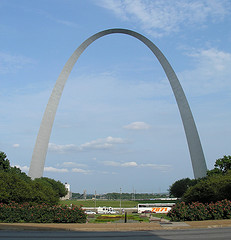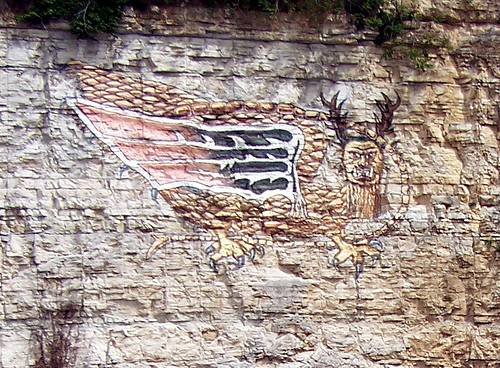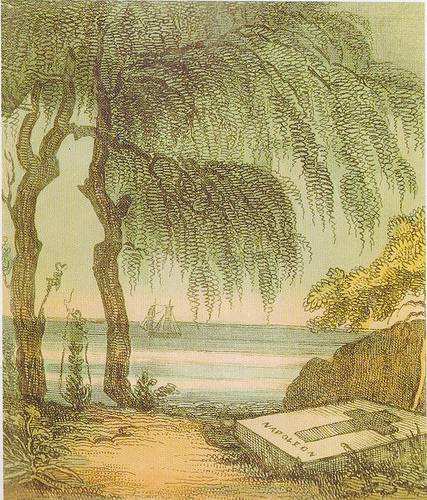Account of Samuel Bisset, “famous for teaching quadrupeds to perform very remarkable actions,” given in John Platts, Encyclopedia of Natural and Artificial Wonders and Curiosities, 1876:
Being a man of unwearied patience, three young cats were the next objects of his tuition. He taught those domestic tigers, to strike their paws in such directions on the dulcimer, as to produce several tunes, having music-books before them, and squalling at the same time in different keys or tones, first, second, and third, by way of concert. … He procured a leveret, and reared it to beat several marches on the drum with its hind-legs, until it became a good stout hare. … He taught canary-birds, linnets, and sparrows, to spell the name of any person in company, to distinguish the hour and minute of time, and play many other surprising tricks; he trained six turkey cocks to go through a regular country dance.
“In the course of six months’ teaching, he made a turtle fetch and carry like a dog; and having chalked the floor, and blackened his claws, could direct it to trace out any given name in the company.”




